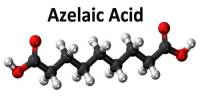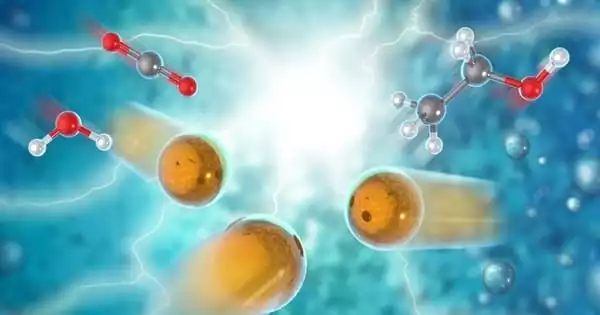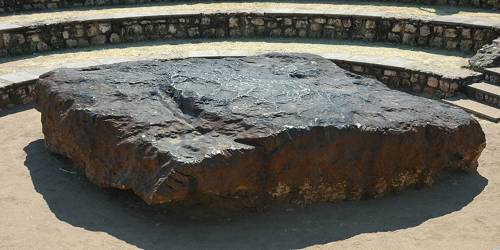Terbium silicide is a chemical compound of the rare earth metal terbium with silicon having chemical formula TbSi2. It is a gray solid first described in detail in the late 1950s. It is a compound composed of terbium (Tb) and silicon (Si), with the general formula TbSi₂. It belongs to the group of rare earth silicides, which are materials combining a rare earth element with silicon. These compounds are of interest in various fields, including materials science and solid-state chemistry, due to their unique electronic and magnetic properties.
The metallic resistivity and low Schottky barrier of TbSi2 (on n-type doped silicon) make it a potential candidate for applications such as infrared detectors, ohmic contacts, magnetoresistive devices, and thermoelectric devices. When combined, terbium silicide exhibits interesting characteristics that can be utilized in electronic and optoelectronic applications. The compound is typically studied for its potential in high-tech applications, such as in magnetic materials, semiconductors, and advanced electronic devices.
Properties
Terbium silicide is a solid at room temperature. It is generally a metallic-looking solid with a silvery sheen. It typically crystallizes in a structure that is similar to that of other rare earth silicides, often forming a cubic or hexagonal lattice. Like many silicides, terbium silicide is relatively hard and stable at high temperatures.
- Chemical formula: TbSi2
- Molar mass: 215.09 g/mol
- Appearance: Gray powder
- Solubility in water: Insoluble
- Electrical Properties: It has metallic conductivity, meaning it is a good conductor of electricity.
- Chemical Reactivity: It is stable in air but may react with acids to release silicon and terbium ions.
Occurrences
- Natural Occurrence: Terbium silicide does not naturally occur in the environment in its pure form. It is typically synthesized in laboratories or industrial settings.
- Synthetic Production: It is produced by reacting terbium metal with silicon at high temperatures. The reaction usually takes place in a vacuum or an inert atmosphere to prevent unwanted reactions.
Applications
While terbium silicide itself might not be widely used, its components are important. Terbium is used in various high-tech applications, such as in phosphors for displays and lighting, and silicon is a fundamental material in electronics and semiconductor technology.
















